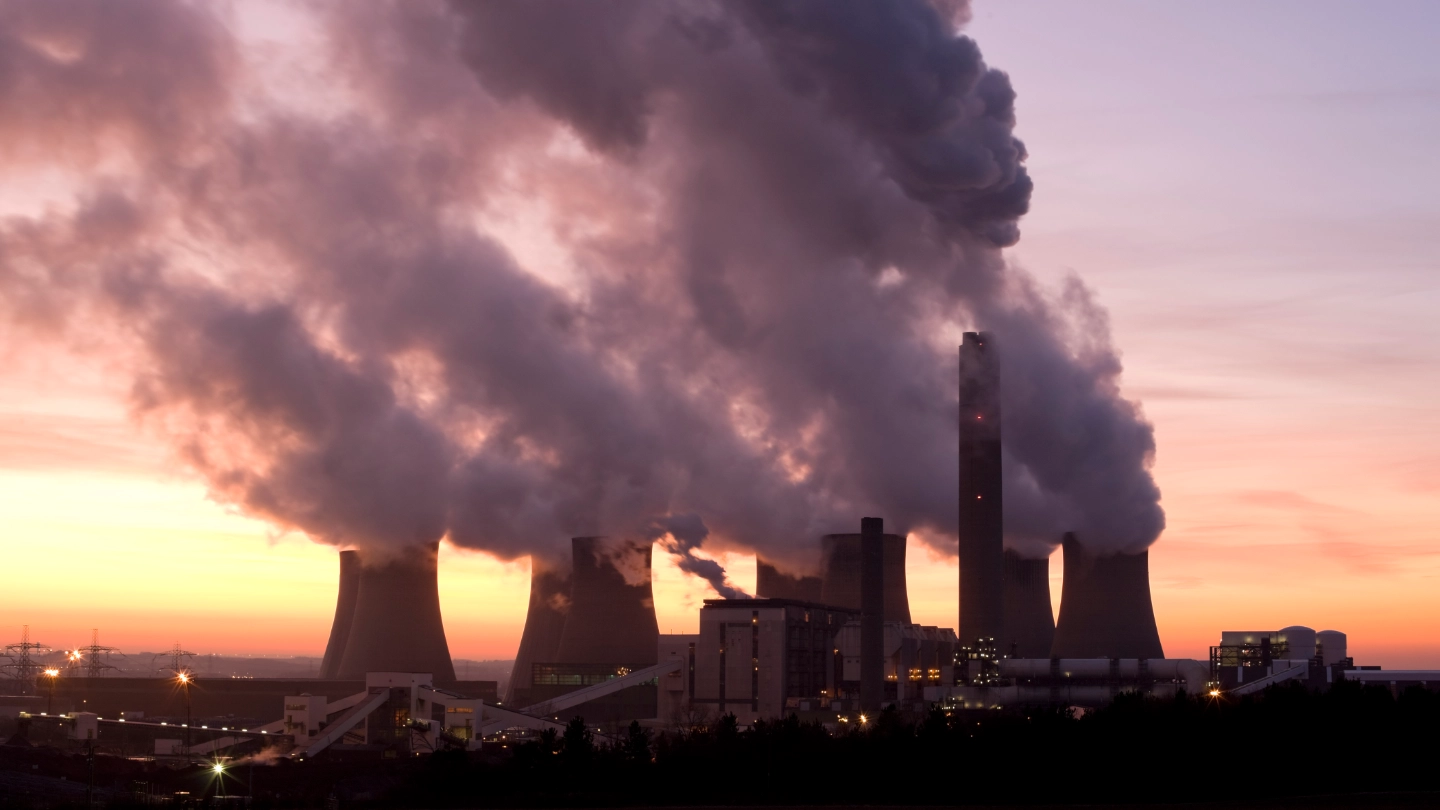

Does the machines sector need to think about clean energy transition?
Considering the machines sector comes so far down the list of global greenhouse gas producers, should we even demonstrate the current status of the clean energy transition for the sector? Should the world be only focusing on the industries contributing the most to climate change?
Indeed, when analysing climate change factors, the machines sector is often overlooked, even by the sector itself. Recent research by PwC suggests many machinery and equipment manufacturers are yet to adopt sustainability as a strategic priority.
However, the sector’s contribution to global warming extends beyond the manufacturing of machines.
The sector produces significant Scope 2 and Scope 3 emissions. The vast majority of the world’s machines are made from metals, including iron and steel (a significant contributor to global warming) and most machines require energy to operate. Indeed, many conventional manufacturing processes use energy-intensive machinery, creating substantial carbon emissions.
There are things the industry could do to lower its carbon footprint along its whole value chain. Attention could be paid to the industry’s circular economy, in particular the cradle-to-cradle model where machines are designed to be repaired, reused and repurposed. Recycling the materials from end-of-life machinery could help lower the need to mine for new metal ores. This helps reducing the greenhouse gas emissions created through the mining and transportation of raw materials, and the manufacture of metals.
What do Atradius underwriters see as the primary issues for the sector?
We asked our sector specialists for their insights. Our underwriters in the Netherlands acknowledged that the sector’s impact extends beyond the direct manufacture of machines.
They said: “Almost every stage in the machine manufacturing process affects the environment. For making the larger industrial machines, this impact tends to be greater because of the higher energy-intensive production processes. Many machine companies are now committed to sustainability, but more ambition and especially more sustainable investments are needed to ultimately achieve the climate goals.”
Many of our underwriters pointed to the opportunities that a sustainability agenda could present to the sector. In China, our specialists expressed how the sector can benefit in the growth of machinery supporting clean energy. They said: “The demand for renewable energy equipment is expected to grow substantially. The machine sector can capitalise on this by expanding into the manufacturing of components for solar panels, wind turbines, and other renewable energy systems.” This view was echoed by our specialists in Hong Kong and Taiwan.
Early adopters and producers of clean energy technologies in the sector may gain a competitive advantage. Our underwriters in Switzerland and Austria said: “Austrian and Swiss manufacturers are often leaders in technology (hidden champions) in their specific industry sectors as they spend a lot on R&D. In the long run this should be a competitive advantage.” In Belgium our specialists said: “Higher precision, smart and energy sufficient machines” present an opportunity to the sector.
Opportunities can come at a price and the cost of transition to clean energy, sustainable processes and new technologies can be expensive. In Taiwan, our underwriters noted: “Profitability may be affected by expensive energy transition costs”. The costs associated with clean energy transition were also listed as challenge for the sector by our specialists in South Korea, Japan, the Czech Republic, China, Poland and Belgium.
What are the most urgent challenges for the machines sector over the next three years?
- Energy supply: the reliability of renewables (wind and solar) and the ability of national grids to cope with increased demand for electricity are concerns shared by much of the sector.
- Labour shortages: skilled labour is in short supply in many areas throughout the world. Training and education will be essential to ensure that the machines sector has the necessary expertise to support the transition to clean energy.
- Costs: clean energy transition can be expensive and could affect profitability. High upfront costs are currently particularly difficult for businesses amid elevated interest rates.
What are the greatest opportunities for the machines sector over the next three years?
- Growth opportunities: businesses that transition to clean energy may benefit from new markets (geography and sector), and enhanced reputations which may support new investment and the acquisition of new customers.
- Government incentives: some markets are able to benefit from government incentives with initiatives such as grants, subsidies and tax breaks for businesses investing in clean energy.
- Partnerships and collaborations: The machines sector can form strategic partnerships and collaborations with clean energy companies, research institutions, and governments to jointly develop and implement innovative solutions.
Where next?
The future looks bright with opportunities for the machines sector. Its role as a key supplier for a range of industries gives it some strength and an element of future-proofing. As our specialists in China explained: “As more countries and regions adopt clean energy policies, the machine sector can expand into new markets, providing equipment and services to a growing global demand.”
In fact, the majority of our underwriters acknowledged that some larger machine companies are considering making a switch to becoming 'energy' companies that supply a diverse range of energy services. In addition to expanding into other product market combinations, this could provide a way for businesses to manage transition risks. Many are also increasingly turning to digital tools, platforms and smart logistics to help mitigate financial and geopolitical risks.
































